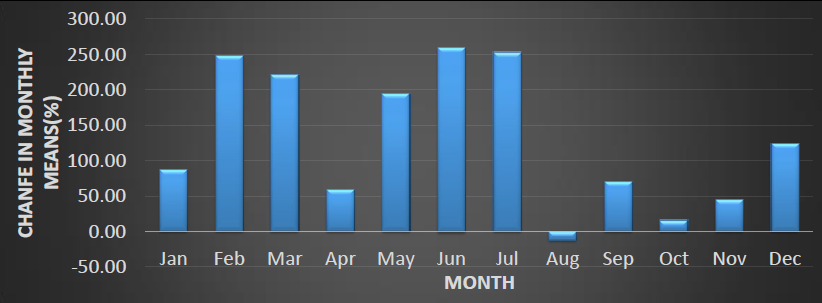Temporal Hydrologic Variations in San Jacinto River Basin with Major Land Use and Land Cover Changes
ABSTRACT
The study investigates the impact of major land use and land cover (LULC) changes on temporal hydrologic variations within the San Jacinto River Basin, particularly focusing on Cypress, Texas. Over recent decades, rapid urbanization and deforestation have transformed the region, significantly affecting its hydrological behavior. Cypress, once a rural area, has experienced rapid suburban development since the 1980s, leading to frequent flooding events, most notably in 2001 and 2016. This study aims to model streamflow variations in response to LULC changes using the Arc-SWAT hydrologic model, calibrated with data from 2006-2010 and validated against observed streamflow data from 2011-2015.
The research emphasizes the significant influence of urban expansion and the reduction of forest cover on streamflow. Results from the LULC analysis indicate substantial increases in residential and industrial areas, coupled with a notable decline in forested regions between 2006 and 2011. These changes have contributed to increased surface runoff and a corresponding rise in streamflow, with monthly streamflow means showing marked increases. However, periods of reduced streamflow, such as in August 2011-2015, were attributed to low rainfall and higher temperatures.
The model’s performance was evaluated using Nash-Sutcliffe Efficiency (NSE), P-Bias, and RSR indices. The comparison of simulated and observed flows further corroborates the correlation between LULC shifts and hydrologic variations. The study concludes that extensive urbanization and deforestation have led to a considerable rise in streamflows, largely due to reduced infiltration rates and increased runoff.
These findings highlight the critical role of LULC changes in hydrologic modeling and underscore the need for sustainable urban planning to mitigate future hydrologic extremes.



